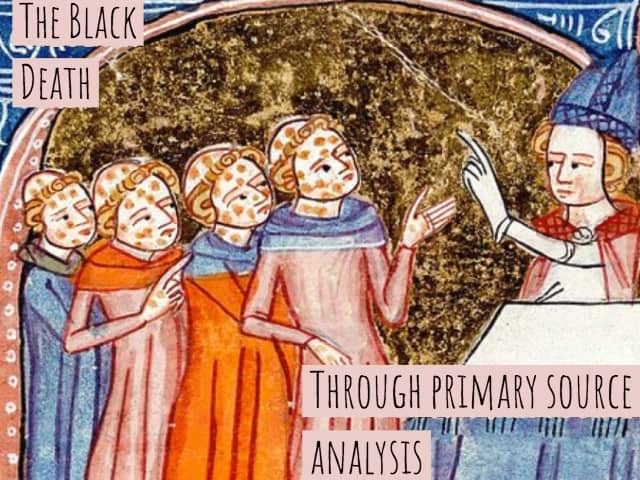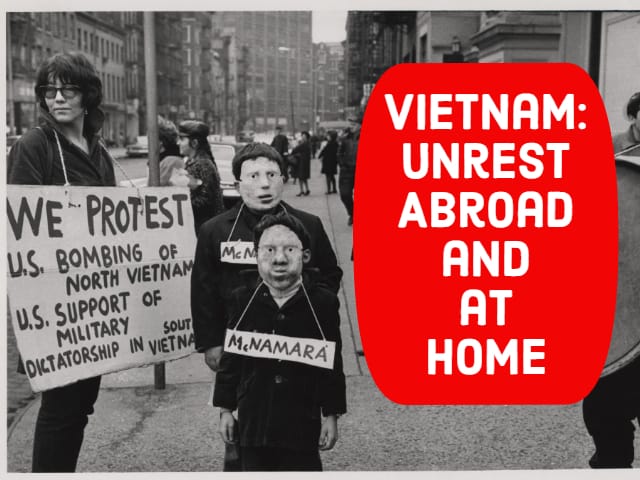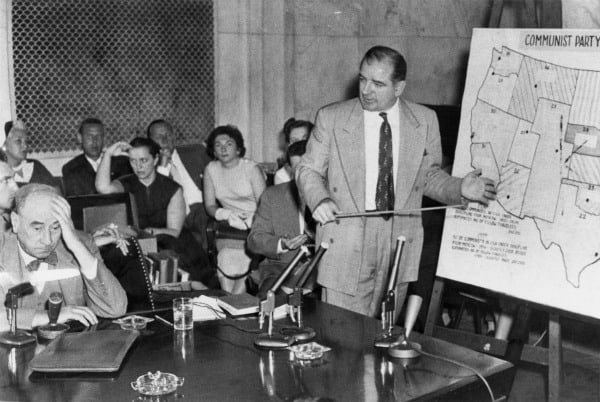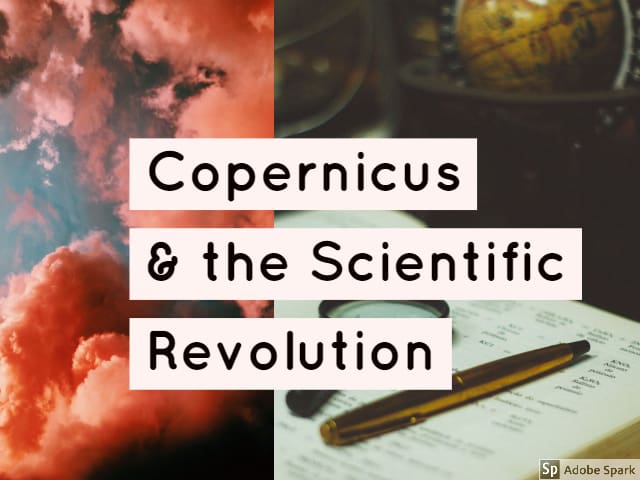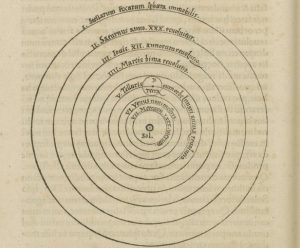Historical Thinking Skill: Contextualization
Objectives: Examine and Question
Understanding the Lesson:
In today’s lesson, the class will read two primary source documents to examine and question the diverse experiences during the 14th century Black Death. By using these two documents the students, by the end of the class will be able to answer:
“How did people understand the plague during the 14th century and did it reflect other fundamental views of the time?”
Prior Knowledge:
Before this lesson, students will have prior knowledge will include understanding political, social, and religious aspects of the 12th-14th century, the background information of the plague (spread, cause, death toll) along with being able to pull out information from texts. After this lesson, students will be able to take their prior knowledge and use it to understand how the plague was experienced, how people tried to cure it, along with how the plague did encompass social, political, and religious aspects of medieval times.
Procedures:
To begin the class, students will define illness in groups of four. After five minutes of small group discussion, I will open the discussion to the class. This question will then be followed by what students know about sanitation during the of the black death, which will be prior knowledge. I will do this so students begin to connect the dots that doctors in the medieval times did not understand medical treatments, which is a huge aspect of the plague. Overall, the first 15 minutes of class should be to get students thinking about modern-day illness’ and how different the experience would be in the 14th century.
During this time, I will hand out the two different documents along will completing a Compare and Contrast worksheet about the two primary source documents (to be noted: students are not working on compare and contrast, instead they are working on how to examine and question documents to come to their own conclusions). The compare and contrast worksheet will be a guide/aid in helping them learn a new way to evaluate.
Following our class discussion, students will either read the document individually, with a partner, or as a group (with the teacher). The students will then work on highlighting and taking notes:
Understanding the Black Death Original Documents
Depending on their mastery of compare and contrast, the students will work in specific groups (individual, partner, or group) to fill out the worksheet. The worksheet includes working on skills of contextualization, examining and questioning :
The key questions that students should be able to answer are:
- Did the two documents have different perspectives on what caused the plague?
- What would cure the plague?
- What do these two documents illustrate about people religious, social and political beliefs during the 14th century?
- How was a doctor’s perspective changed from the time fo the Bubonic plague to modern-day?
- Does it indicate why the plague killed so many people?
Lastly, we will move to the key question of the day, “How did people understand the plague during the 14th century and did it reflect other fundamental views of the time?” This will be a class discussion, where students should be able to examine their answers and question the different perspectives, to come to the conclusion that the plague did affect political, social, and religious aspects of the time.
The class will end with a ‘exit slip’ where students have to write on a sticky note on the conclusion they came too from the day’s activity.
Reflection:
This lesson was fun to create but super new for me. I usually stick to more modern history (18th century-modern) so, I had to step out fo my comfort zone a bit. I found my inspiration for this lesson on Stanford History Education Group and made it my own. As a whole, I think this lesson would be super fun to implement in my classroom because students are able to work at their own pace and comfort zone. I believe this lesson helps students reach a higher level skill of evaluating, without making it intimidating. At the same time, I am confident that students will naturally question their thinking during this assignment because the primary source documents have some pretty insane comments, which are beyond interesting. All in all, I had a great time creating this lesson and I believe it would be very successful in a classroom.
Sources:
Lesson: SHEG
Document A: University of Paris Medical Report
Documents A/B: Black Death Documents

